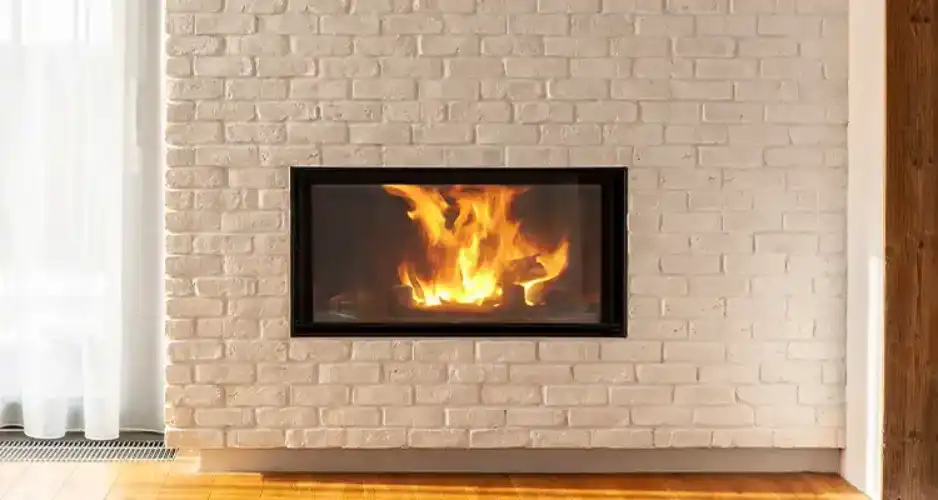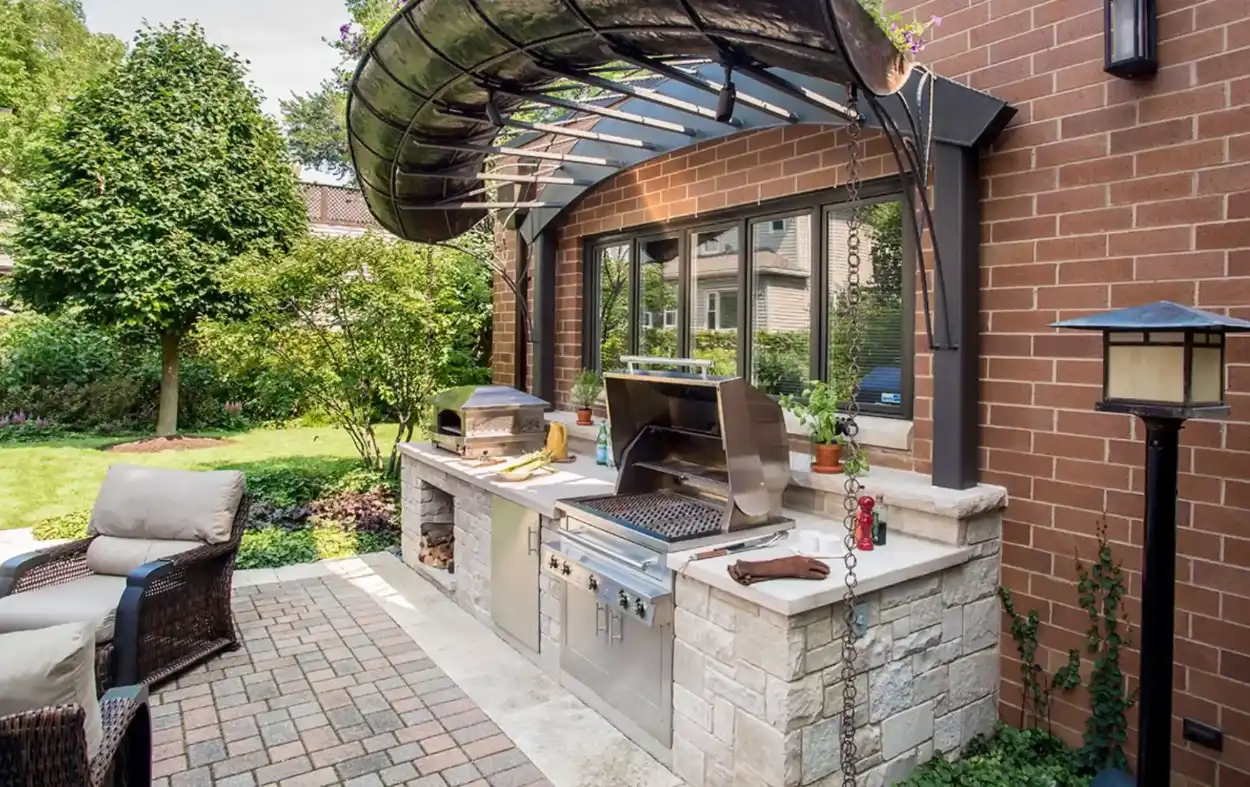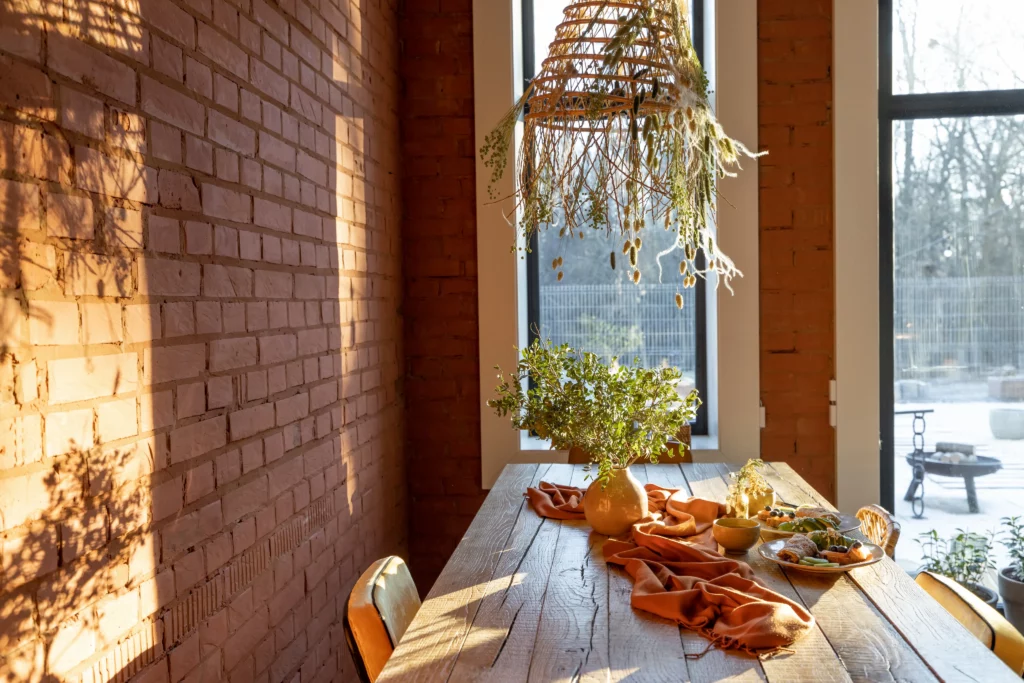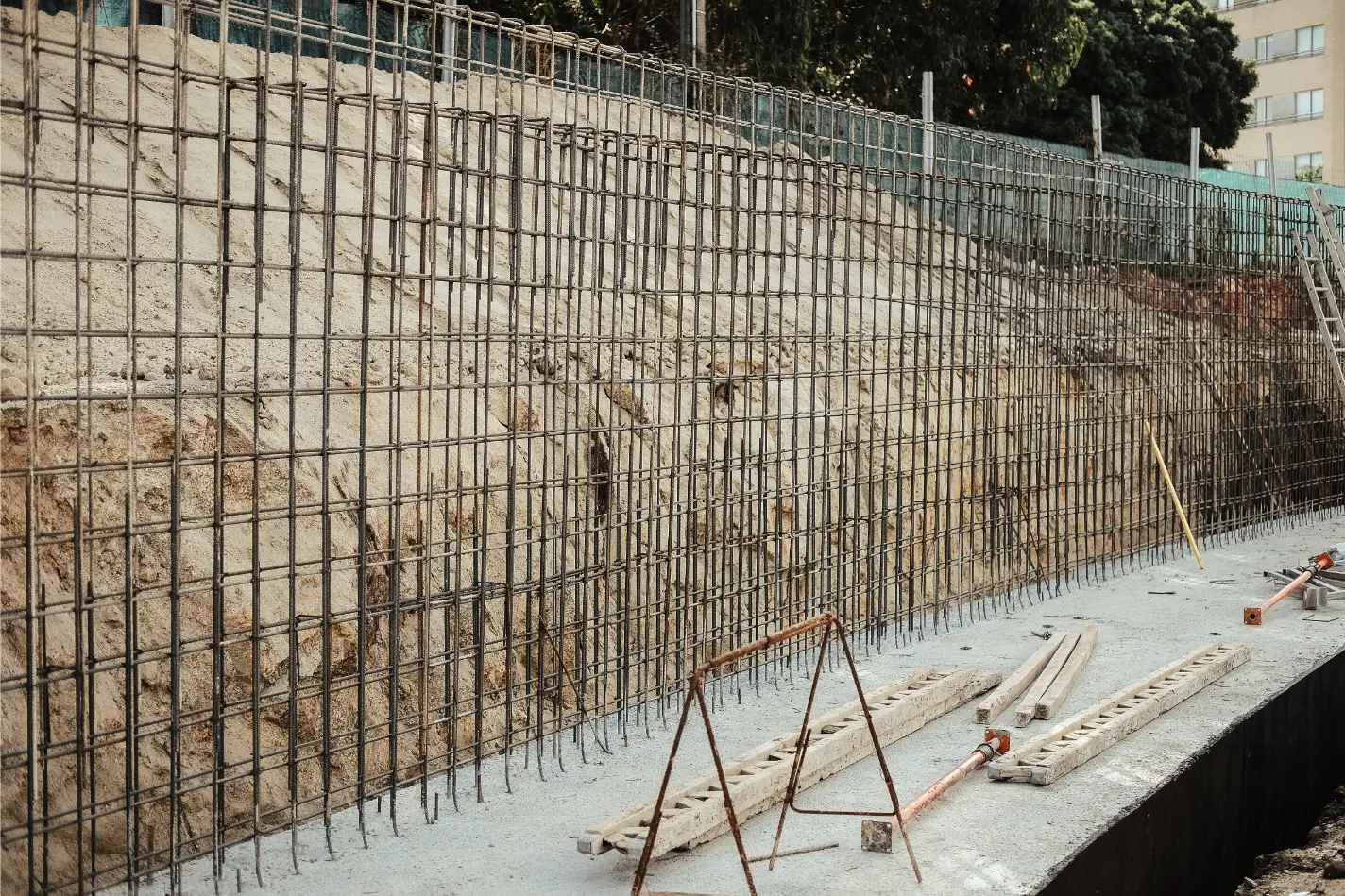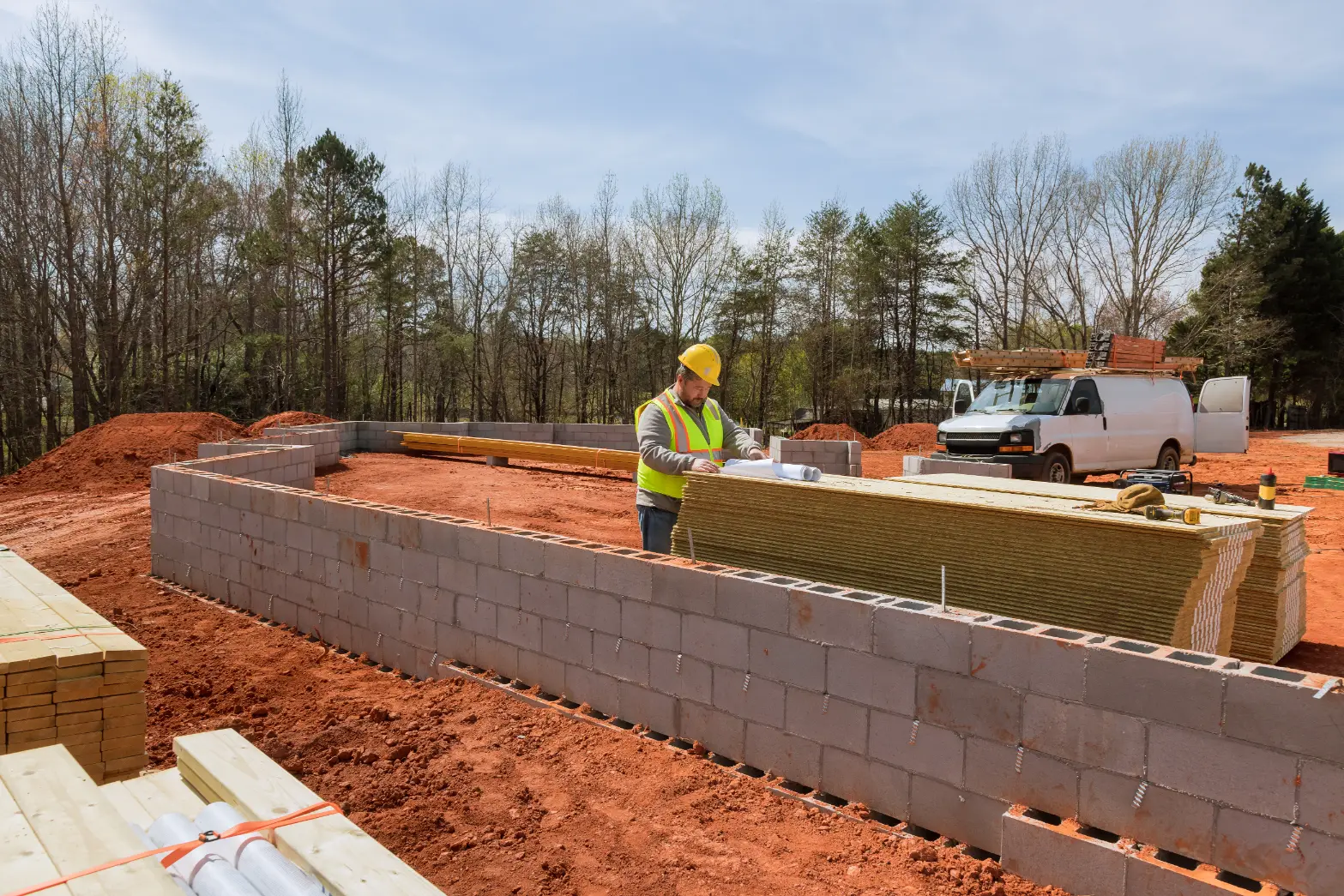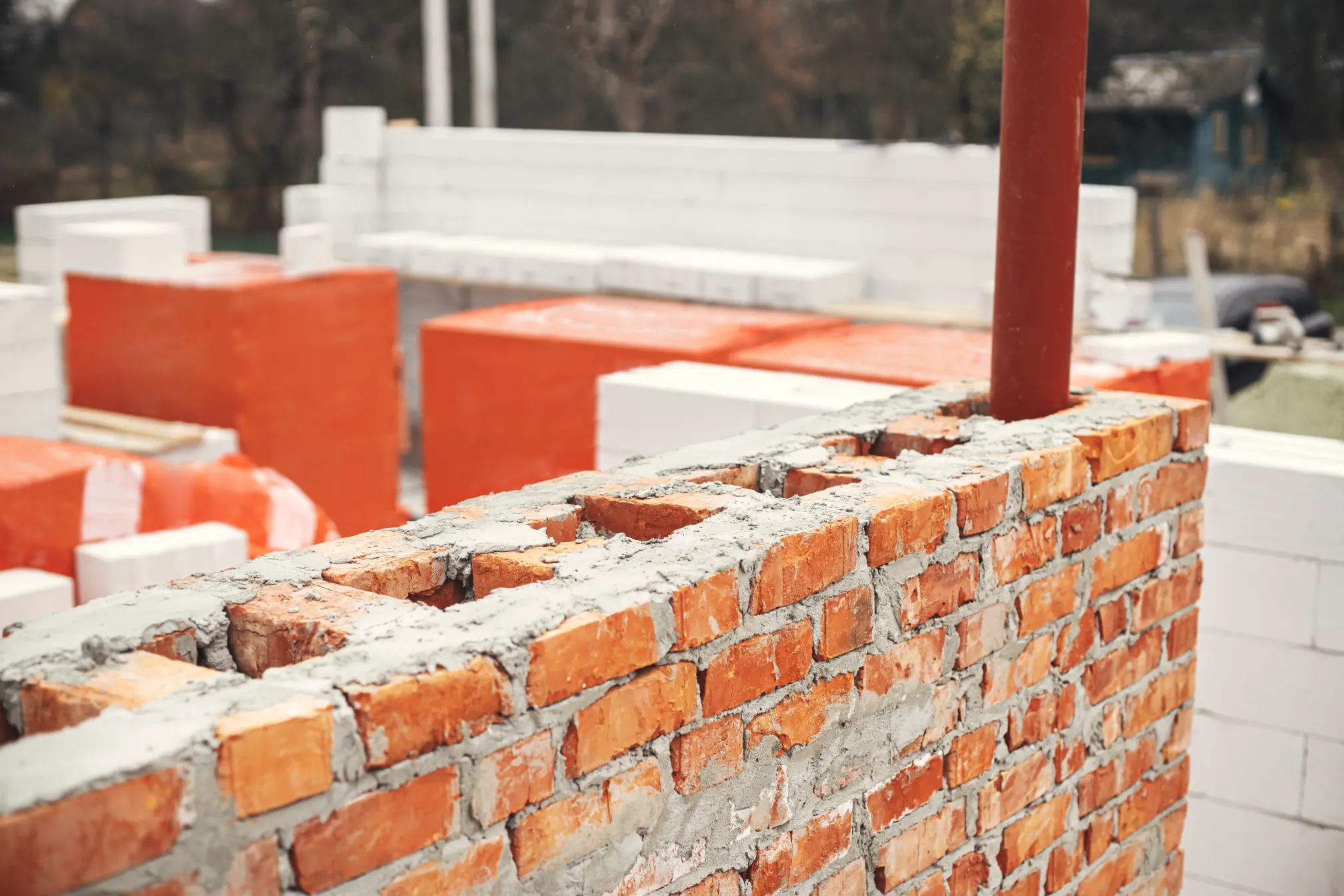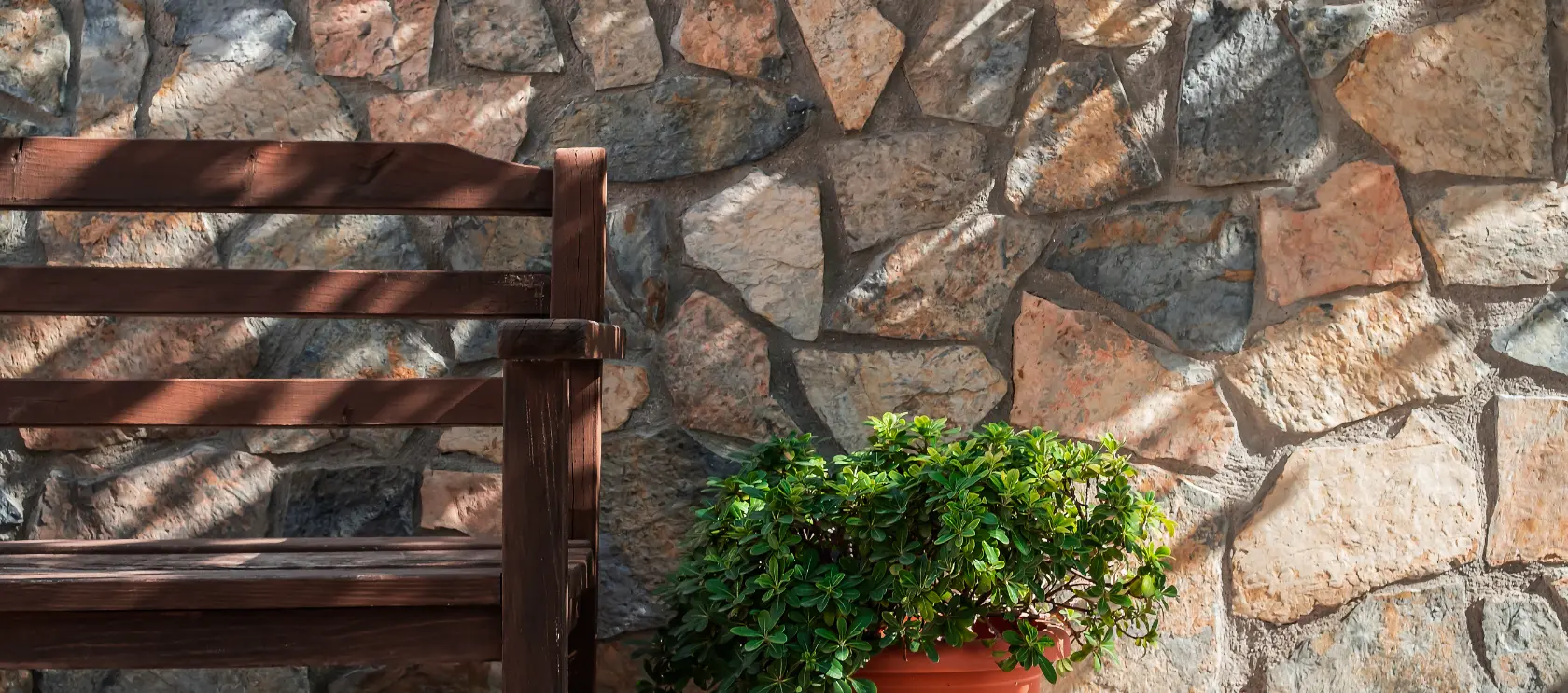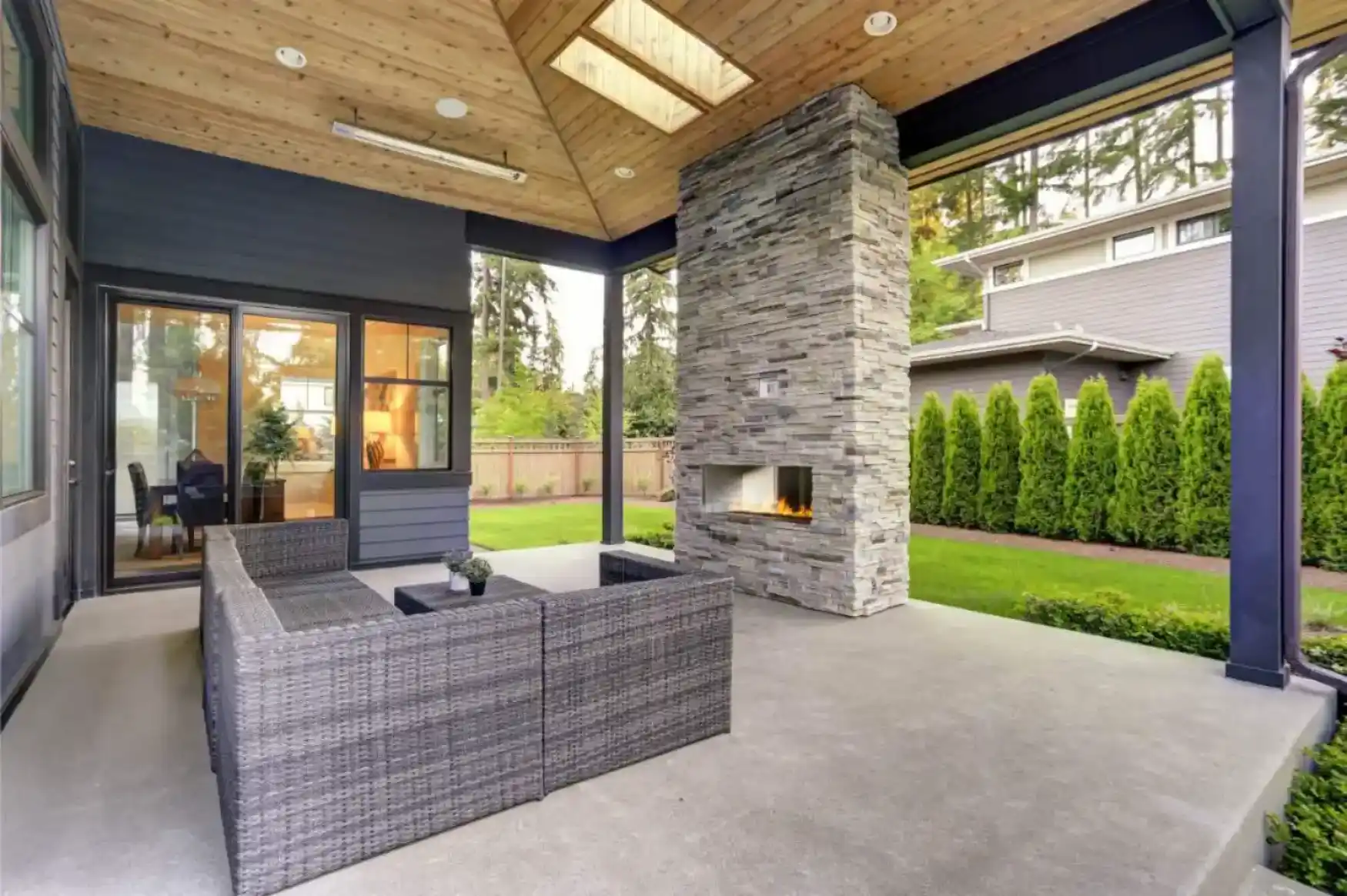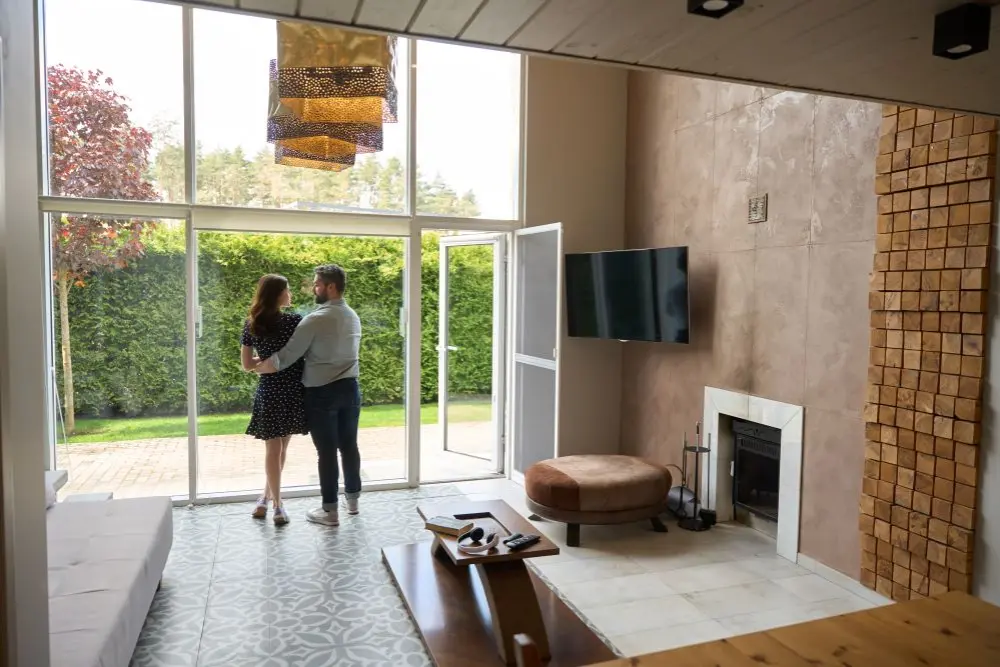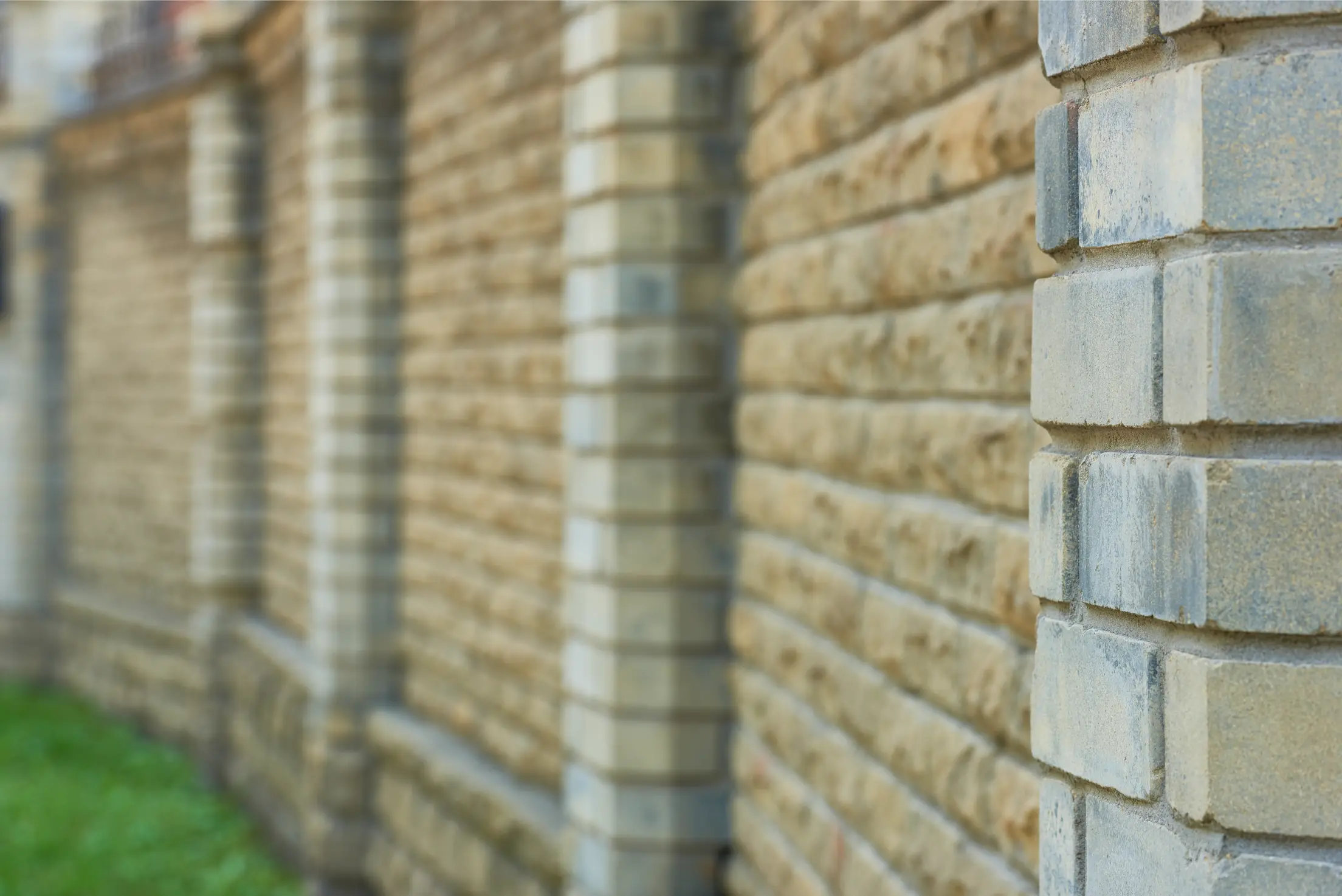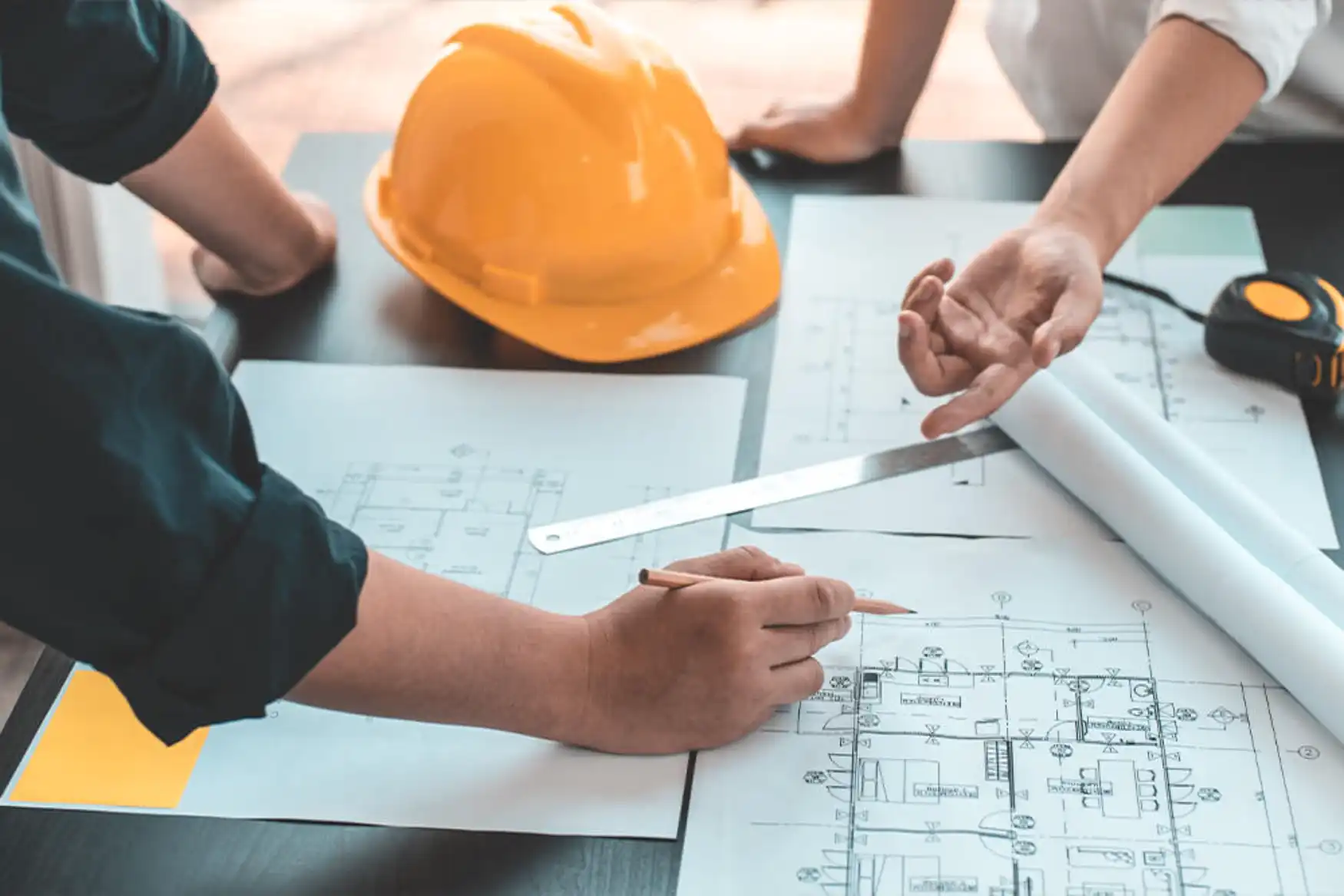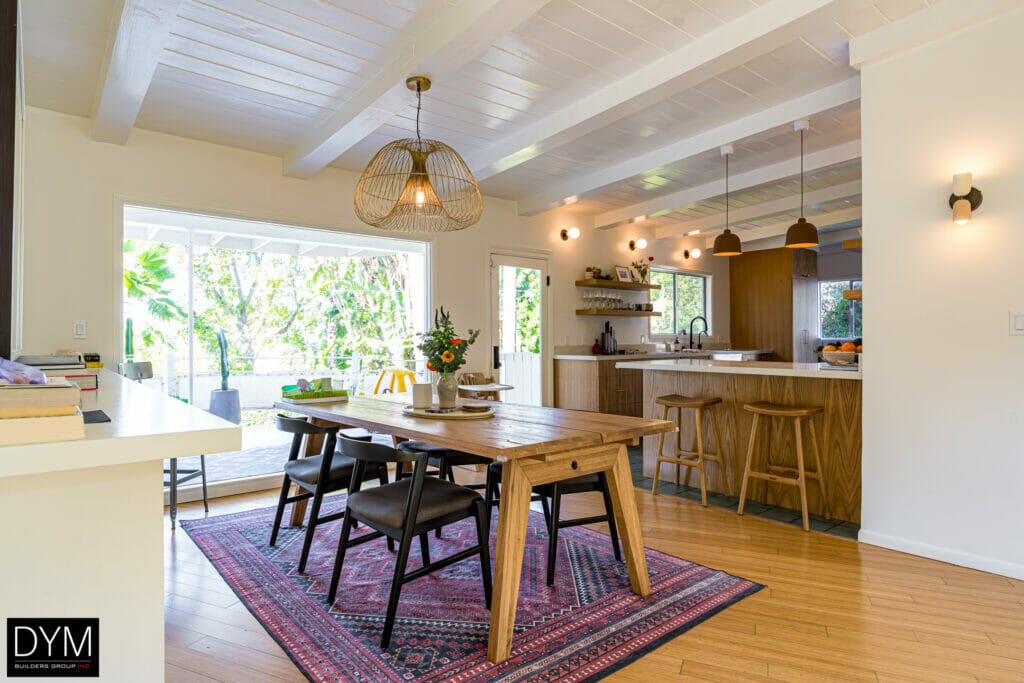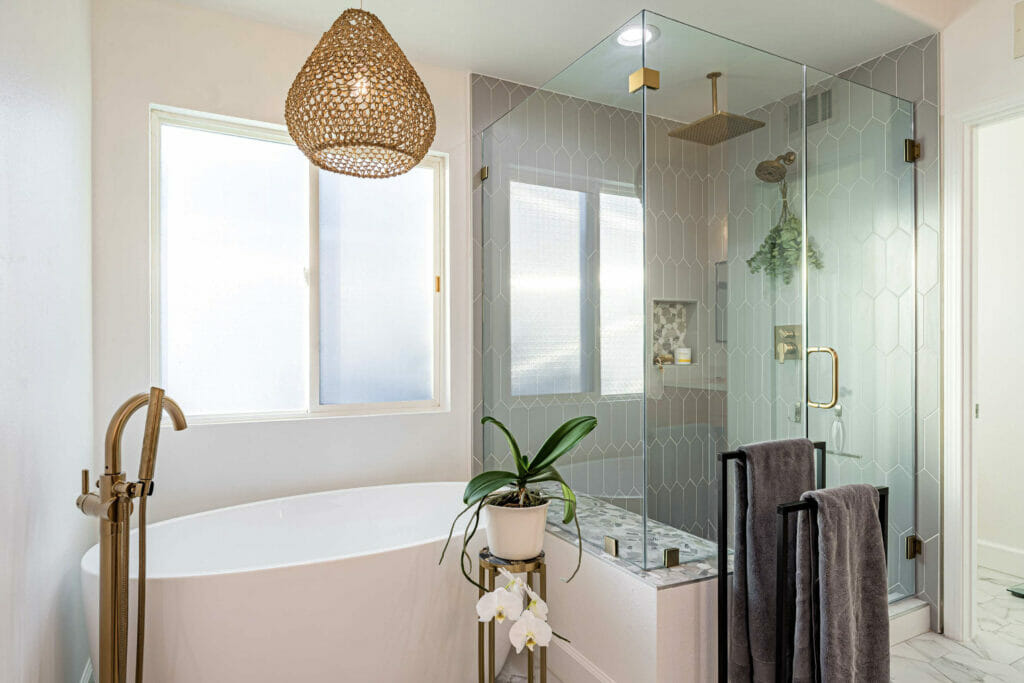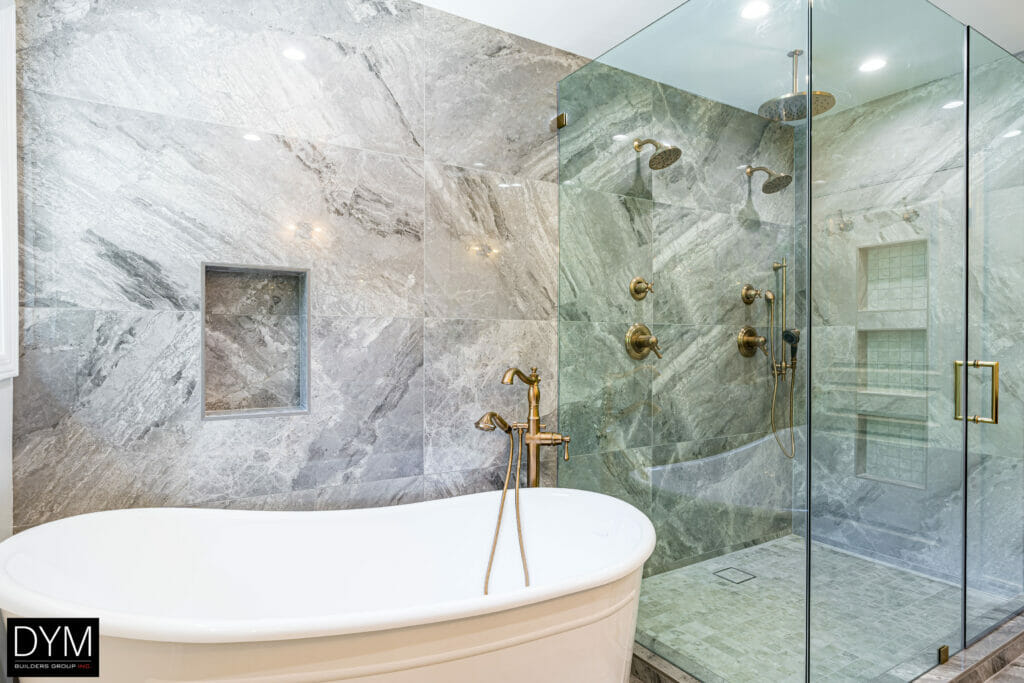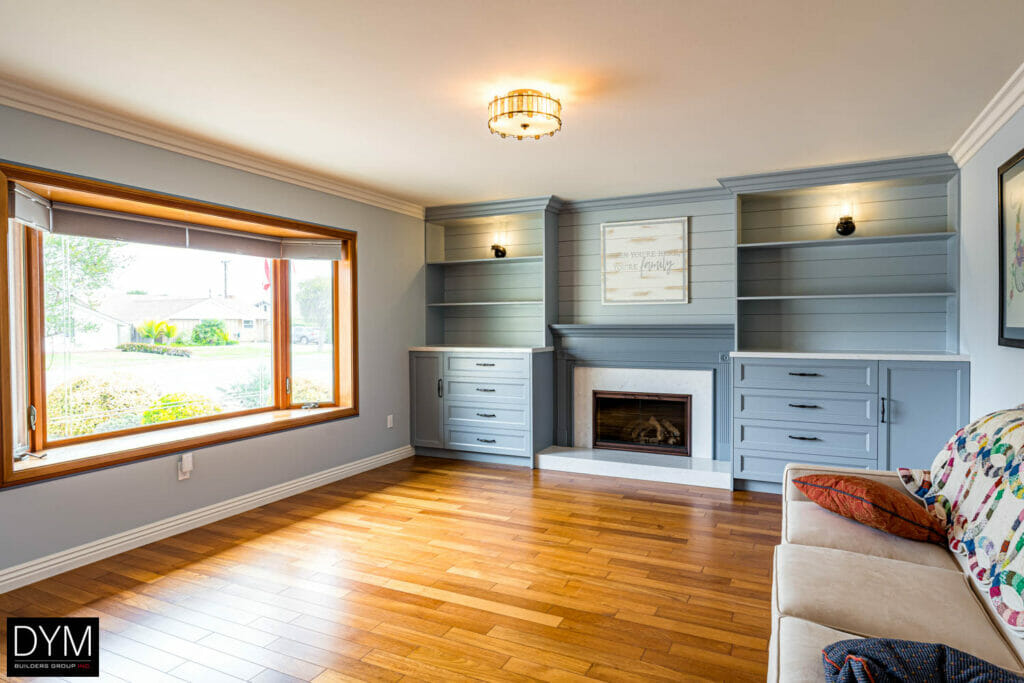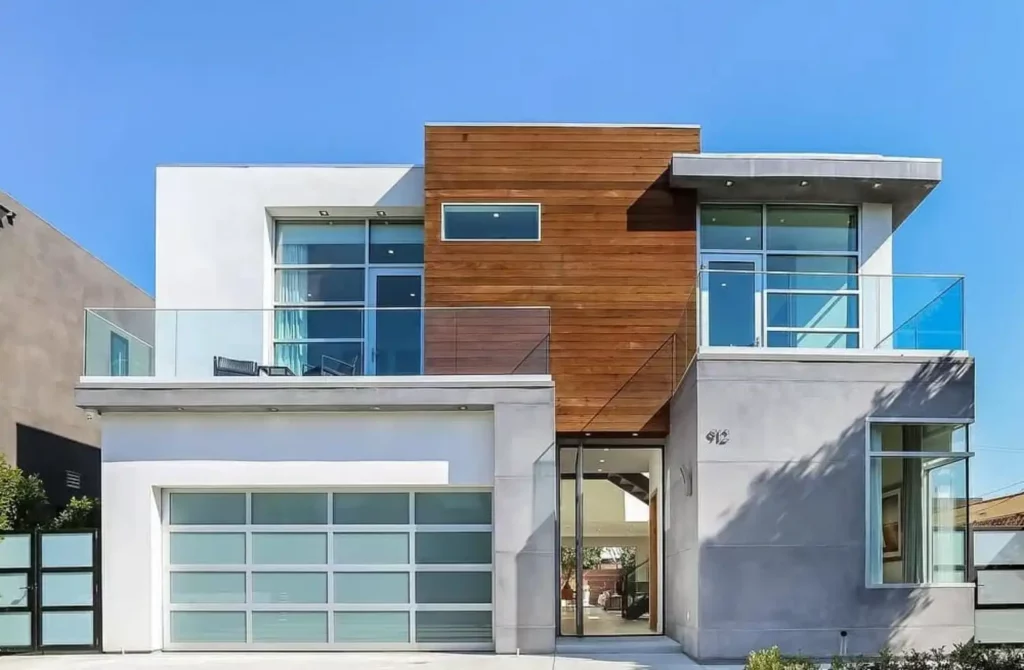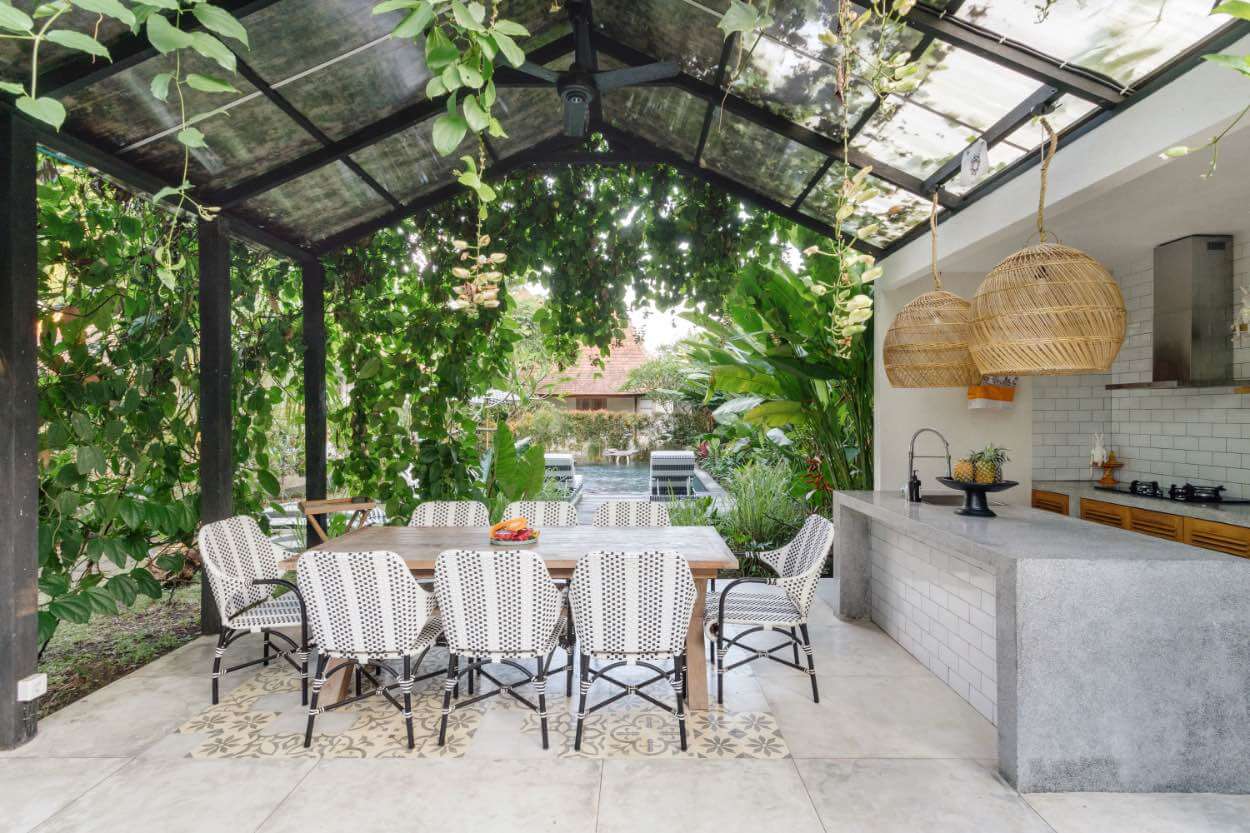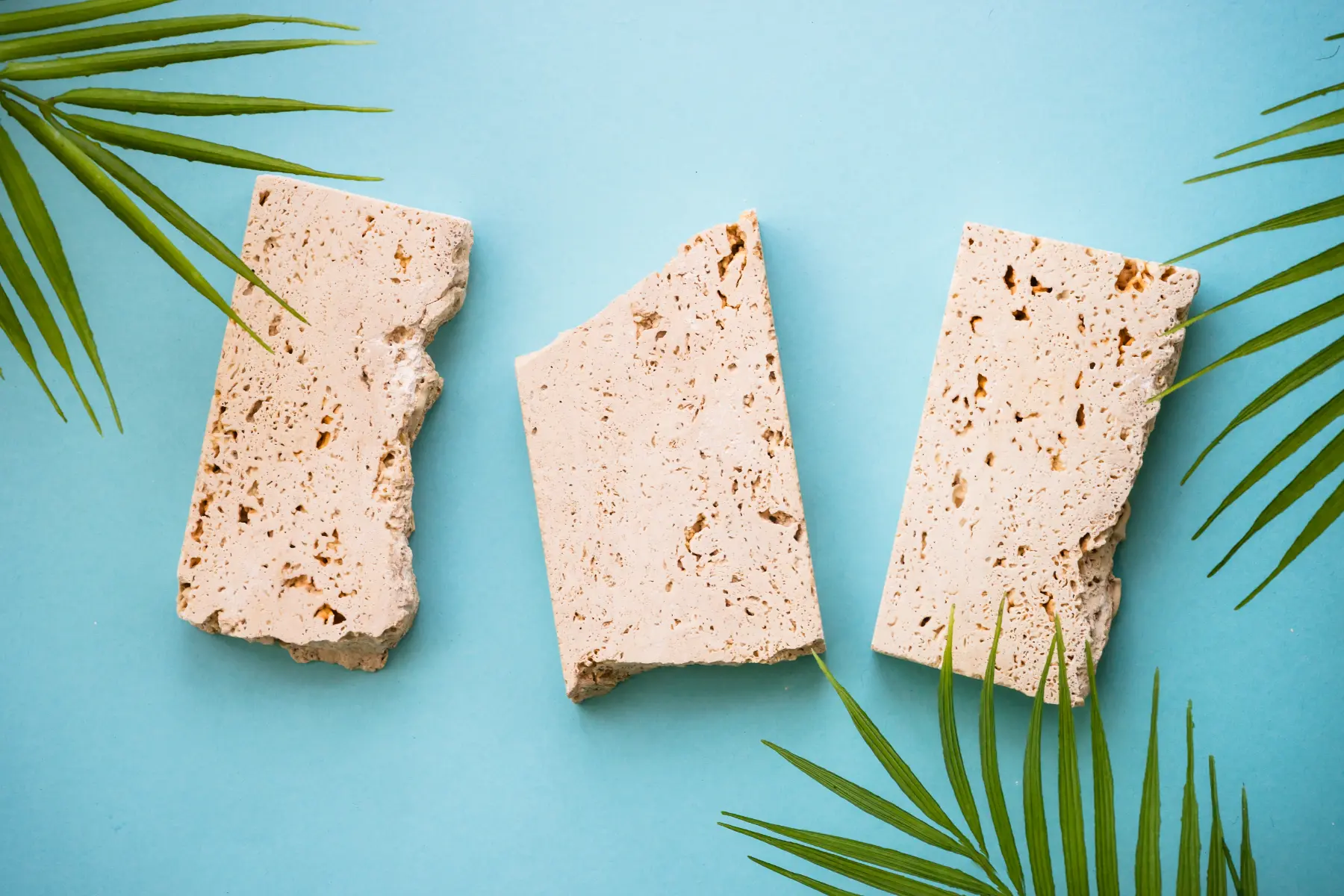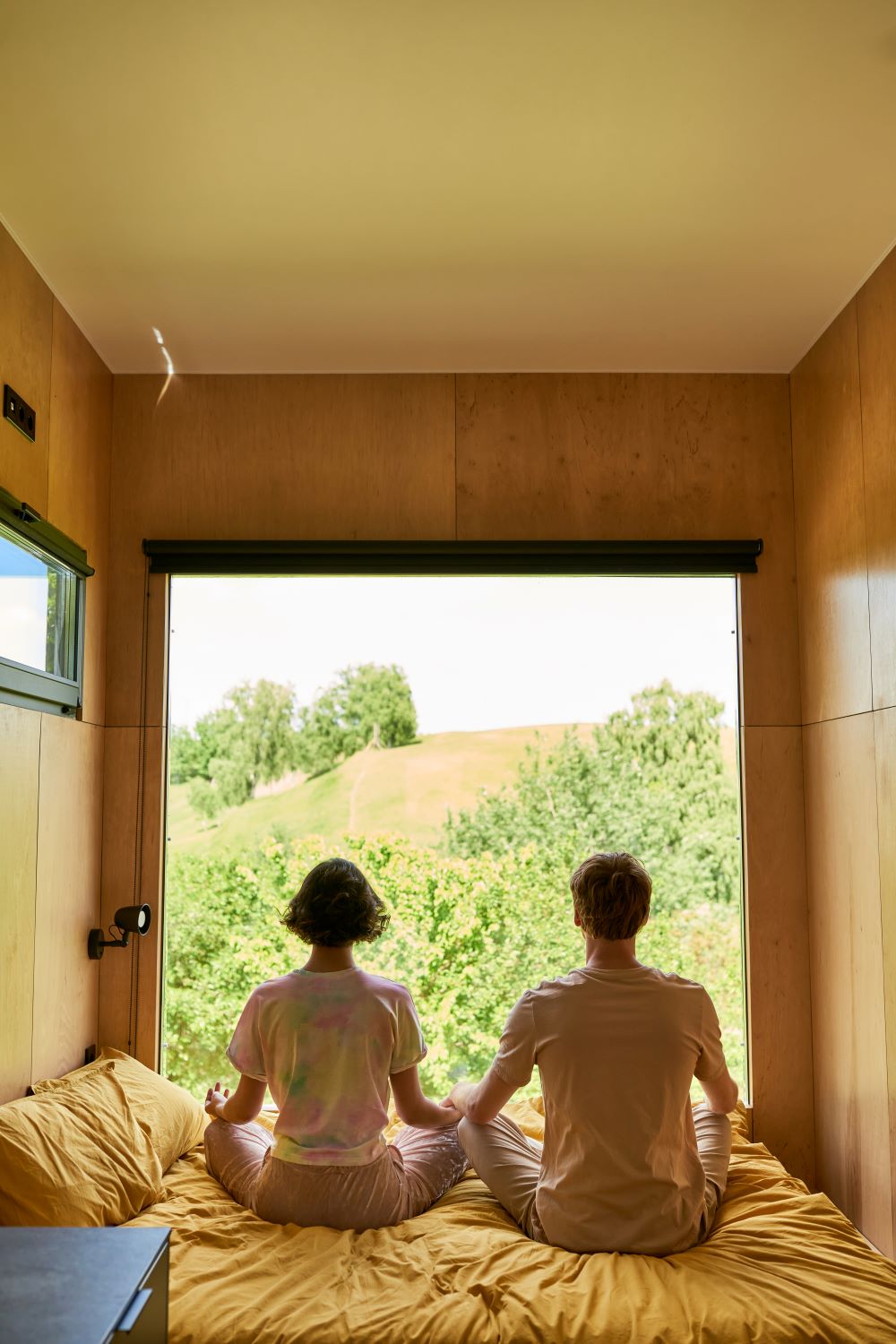The Ultimate Guide to Masonry Wall Construction by DYM Builders
Masonry walls represent the foundation of architectural history and modern construction, embodying strength, durability, and aesthetic diversity. At DYM Builders, we harness these qualities to offer unparalleled masonry wall construction services. This guide delves into what masonry walls are, their uses, their construction process, materials and their repair.
What is a Masonry Wall?
Masonry walls are structures built from individual units of materials such as bricks, stones, concrete blocks, tiles, or similar materials, often laid and bound together by mortar. They are one of the oldest and most durable construction techniques, used for both structural and non-structural walls in buildings of all types, from residential homes to monumental architecture. The choice of material can depend on local availability, cost, the desired aesthetic, and structural requirements.
The Types of Masonry Walls
1. Load-bearing vs non Load-bearing Masonry Wall
Load-bearing walls are the backbone of many structures, tasked with distributing weight from the roof and upper floors down to the foundation. Traditionally made from materials like brick, concrete blocks, or stone, these walls are pivotal in maintaining the stability of a building. Their thickness and material composition are meticulously calculated based on the building’s design and the number of stories, ensuring they can adequately support the imposed loads. Both exterior and interior walls can be load-bearing, with cost-effectiveness being a significant advantage due to their traditional construction methods.
Non-load bearing walls, on the other hand, are designed to carry only their weight and are typically used for partitioning spaces within a building, or for design and esthetic proposes. They provide no structural support to the building’s frame and can be constructed from lighter materials, offering flexibility in architectural design.
2. Reinforced Masonry Wall
Reinforced masonry walls incorporate materials like steel rods within traditional masonry to enhance their resistance to stress, compression, and environmental factors like earthquakes. This reinforcement, which can be arranged in various configurations (e.g., confined masonry, reinforced cavity masonry), significantly improves the wall’s durability and safety, making it a versatile choice for both load-bearing and non-load-bearing applications.
3. Hollow/Cavity Masonry Wall
Designed to prevent moisture penetration and improve insulation, hollow or cavity masonry walls feature a gap between their inner and outer masonry courses. This construction method not only enhances thermal performance but also contributes to a building’s overall energy efficiency. Modern techniques often involve the use of hollow masonry units, combined with solid ones for added strength and stability.
4. Composite Masonry Walls
Composite masonry walls utilize a mix of two or more materials (e.g., stone and bricks) to achieve a balance between cost, durability, and appearance. This method allows for the strategic placement of higher-quality materials where they are most visible or required, while less expensive materials can be used in less critical areas. Types of composite masonry walls include brick backed ashlar and stone facing with brick backing, among others.
5. Post-tensioned Masonry Wall
Post-tensioning is a technique that applies additional axial loads to masonry structures, enhancing their resistance to lateral forces such as wind or seismic activity. This method, widely used in various types of construction including bridges and buildings, offers benefits like increased in-plane strength and reduced post-earthquake displacements, fostering greater architectural freedom and design flexibility.
Materials Used in Masonry Wall Construction
Brick Masonry Walls: Constructed using bricks and mortar. These are common for both structural support and as façade or veneer systems. Bricks can be arranged in various patterns (bonds) for strength and visual appeal.
Stone Masonry Walls: Built using cut or uncut stones. Stone masonry can offer exceptional strength and durability, as well as a distinct aesthetic that can range from rustic to elegant, depending on the stone type and construction style.
Concrete Block Masonry Walls: Utilize concrete blocks, which are larger than bricks, making them a cost-effective choice for large construction projects. These walls can be reinforced with steel to enhance structural capacity.
Veneer Masonry Walls: Consist of a single non-structural external layer of masonry work, which is tied to a backing but carries no building load. It is used for aesthetic purposes to give the appearance of full masonry without its weight and cost.
Masonry Wall Design
Designing a masonry wall requires a comprehensive understanding of the principles of masonry construction, alongside careful consideration of structural requirements, environmental factors, and the specific use case of the wall, such as whether it is a retaining wall, a load-bearing wall, or a purely aesthetic feature.
Here are the critical considerations in masonry wall design:
1. Structural Integrity and Load-Bearing Capacity
- Load Distribution: Understand the types of loads (e.g., dead loads, live loads, and lateral earth pressures) the wall will need to withstand and design the wall to distribute these loads effectively.
- Material Strength: Choose materials with the appropriate compressive strength for the expected loads, and consider the tensile strength, especially in seismic areas where lateral forces can cause cracking.
- Reinforcement: In areas prone to earthquakes or for walls supporting significant loads, incorporating reinforcement, such as steel rebar, can enhance the structural integrity of masonry walls.
2. Environmental Impact and Sustainability
- Material Selection: locally sourced materials reduce transportation emissions and support local economies. Additionally, consider the energy required to produce the masonry units and select more sustainable options where possible.
- Recycled Materials: Utilize masonry products made from recycled or reclaimed materials to decrease the environmental footprint.
- Durability and Longevity: Designing for durability reduces the need for replacement or major repairs, contributing to the structure’s overall sustainability.
3. Thermal Efficiency
- Insulation: Masonry materials have high thermal mass, which can be advantageous in moderating indoor temperatures. However, insulation strategies must be considered to prevent excessive heat loss in colder climates or heat gain in warmer ones.
- Air Leakage: Properly address joints and intersections to minimize air leakage, which can significantly impact energy efficiency.
- Passive Solar Design: Utilize the thermal mass of masonry walls in passive solar design to absorb heat during the day and release it at night, reducing heating and cooling demands.
4. Moisture Control
- Waterproofing and Drainage: Implement effective waterproofing methods and consider drainage solutions, especially for below-grade walls, to prevent water infiltration and damage.
- Breathability: Ensure that wall designs allow for moisture to escape from the interior to prevent mold growth and structural deterioration.
5. Masonry Retaining Wall Considerations
- Lateral Earth Pressure: Design the wall to withstand the pressures exerted by the soil it is retaining, considering both static and dynamic loads.
- Drainage: Include adequate drainage systems behind the wall to relieve hydrostatic pressure and prevent water buildup that can weaken the wall over time.
- Foundation and Footing Design: Ensure the foundation and footing are designed to support not only the weight of the wall but also the additional loads from the retained soil.
6. Aesthetic Considerations
- Visual Impact: The choice of material, texture, color, and pattern can significantly affect the wall’s appearance and should complement the overall design aesthetic of the surrounding environment.
- Historical Context: In certain contexts, the design may need to respect historical preservation guidelines or blend with traditional architectural styles.
Effective masonry wall design is a balance between these considerations, ensuring that the structure is safe, durable, efficient, and aesthetically pleasing while minimizing its environmental impact. Collaboration with structural engineers, architects, and environmental consultants is often necessary to address these complex considerations comprehensively.
Masonry wall Construction process
1. Planning and Design
- Detailed Drawings: Begin with detailed architectural and structural drawings to ensure accuracy in dimensions, materials, and load-bearing requirements.
- Material Selection: Choose materials based on local availability, cost, durability, and the specific requirements of the project. Opting for locally sourced materials can reduce transportation costs and support the local economy.
- Regulations and Permits: Ensure the design complies with local building codes and obtain necessary permits before construction begins.
2. Foundation Preparation
- Site Inspection: Inspect the site for soil type, drainage patterns, and any potential issues that might affect the foundation.
- Foundation Type: Depending on the wall’s load and soil conditions, decide between a shallow or deep foundation. A well-designed foundation is crucial for the stability of the masonry wall.
- Excavation and Footing: Excavate to the specified depth and prepare footings as per the design, ensuring they are level and compact.
3. Laying the First Course
- Leveling Course: The first course of masonry units should be laid on a mortar bed, perfectly leveled. This step is critical as it sets the precedent for the alignment of all subsequent courses.
- String Lines: Use string lines stretched along the length of the wall as a guide to maintain straightness and consistency in height.
4. Masonry Units Laying
- Mortar Mixing: Use a consistent mortar mix throughout the project. The mortar should not be too dry or too wet to ensure good bonding between the masonry units.
- Staggered Joints: Lay masonry units so that vertical joints are staggered between courses, which increases the wall’s strength.
- Joint Thickness: Maintain consistent joint thickness (usually about 10mm) for both aesthetic uniformity and structural integrity.
- 5. Reinforcement and Ties
- Reinforcement: In areas prone to earthquakes or for load-bearing walls, incorporate reinforcement bars within the masonry, laid in horizontal mortar joints and connected to vertical reinforcements if necessary.
- Wall Ties: For cavity walls or walls that require additional structural support, use wall ties to connect layers of masonry or to tie masonry walls to the structural frame.
6. Insulation and Waterproofing
- Cavity Walls: Consider using cavity walls for thermal insulation, with the cavity acting as a barrier against heat transfer and moisture.
- Waterproofing: Apply waterproofing treatments to areas susceptible to moisture, such as below-grade portions of walls or in regions with high rainfall.
7. Finishing and Pointing
- Surface Finishing: Once the wall is up, the surface can be finished according to the desired aesthetic, including painting, plastering, or applying decorative stonework.
- Pointing: Carefully finish the joints with a pointing trowel for water resistance and visual appeal.
Cost Considerations
- Labor Costs: Skilled labor is a significant cost factor in masonry construction. Employing experienced masons can lead to more efficient use of materials and time, ultimately saving money.
- Material Choices: The cost of materials can vary widely based on type and quality. Consider life-cycle costs, not just initial expenses, as higher-quality materials may offer longer durability and less maintenance.
- Waste Reduction: Plan material usage carefully to minimize waste. Ordering materials in precise quantities based on detailed plans can reduce excess costs.
- Energy Efficiency: Investing in energy-efficient design and materials can lead to long-term savings on heating and cooling costs.
Masonry construction, while labor-intensive, offers a timeless appeal and robustness unmatched by other materials. By carefully planning and employing skilled labor, one can construct a masonry wall that stands the test of time, is cost-effective, and meets high-quality standards.
The Importance of Regular Maintenance
Masonry walls are celebrated for their durability and aesthetic appeal; however, like all structural elements, they require regular maintenance to retain their strength and appearance. At DYM Builders, we understand that proactive maintenance is key to preventing minor issues from evolving into costly repairs. Regular checks and upkeep can significantly extend the lifespan of masonry constructions, ensuring they continue to perform their structural and aesthetic roles impeccably.
Common Issues and Their Identification
Cracking
Cracks in masonry walls can arise from various causes, including thermal expansion and contraction, moisture ingress, foundation settlement, or structural overloads. While some minor cracking might be expected and can be largely cosmetic, significant cracks can indicate deeper structural problems that require immediate attention.
Moisture Penetration
Moisture is a leading cause of deterioration in masonry walls, leading to problems such as efflorescence, spalling, and, in freeze-thaw climates, the potential for significant damage. Identifying and addressing the sources of moisture ingress early can prevent extensive damage and preserve the masonry’s integrity.
Maintenance Tips
- Regular Inspections: Conduct bi-annual inspections of masonry walls to identify any signs of damage or wear. Pay special attention to areas around openings, such as windows and doors, and any signs of moisture penetration or efflorescence.
- Cleaning: Keep masonry walls clean from dirt, grime, and vegetation growth. Use gentle methods such as soft washing to avoid damaging the masonry.
- Sealing: Apply water-repellent coatings to exterior masonry surfaces to protect against moisture penetration. Ensure the selected sealant is breathable to allow moisture trapped within the wall to escape.
Masonry walls Repair and Restoration
When it comes to repairing and restoring masonry walls For small cracks or areas of damage, repointing—the process of renewing the external part of mortar joints—can often suffice. It’s essential to match the new mortar to the original in composition, color, and texture to ensure longevity and maintain the wall’s appearance.
Major Repairs and Restoration
Significant structural issues or extensive deterioration may require more intensive restoration efforts. This can include replacing damaged masonry units, reinforcing the wall structure, and addressing any underlying issues such as foundation settlement. In historic structures, preservation efforts should aim to retain as much of the original material as possible, using techniques and materials that match the historical construction.
Choosing a professional masonry wall contractor
Choosing the right masonry wall contractor is crucial for ensuring the success, durability, and aesthetic appeal of your construction projects. DYM Builders stands as a leading choice, offering a blend of expertise, commitment, and quality. Below, we summarize the key considerations for selecting a professional masonry contractor, highlighting DYM Builders’ qualifications in a more concise format.
By Choosing DYM Builders for your masonry wall construction we assure:
Expertise & Experience: Decades in masonry across various projects.
Quality: High standards in materials and craftsmanship.
Credentials: Fully licensed and insured.
Customer Focus: Personalized service and positive feedback.
Transparency: Open communication and clear pricing.
